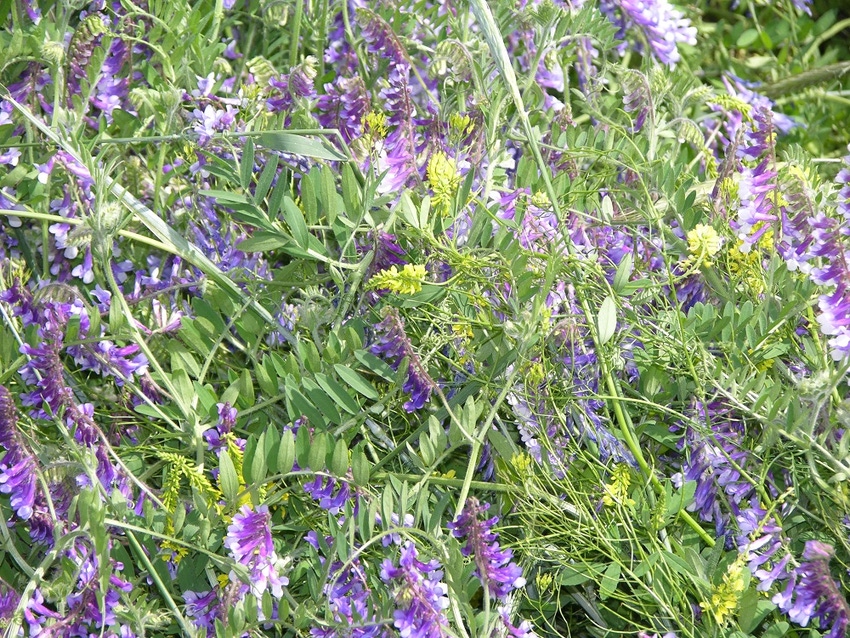
The Foundation for Food and Agriculture Research (FFAR) and The Samuel Roberts Noble Foundation just launched a national cover crop initiative to study and develop cover-crop species.
The $6.6 million research initiative, made possible by a $2.2 million grant from FFAR, will promote soil health through the development and adoption of new cover crops across the US.
Cover crop is a term applied to a number of plant species that farmers, ranchers and landowners may plant to help manage soil erosion and fertility, preserve moisture content, and control weeds and diseases.
The focus of the initiative will be to identify cover crop species with the greatest potential to improve soil health and evaluate such species over a broad geography within three groups: small grains (wheat, rye, oat and triticale), annual legumes (hairy vetch, winter peas and clovers), and brassicas (turnips, radishes, kale and mustards).
“The majority of cover crops are forages,” said Twain Butler, Noble Foundation research agronomist, who will serve as the project manager. “We will work with seed companies, a broad network of researchers and producers, and other evaluation sites to assess, evaluate and develop a broad solution to impact agriculture and soil health across a significant portion of the United States. Our goal is simple: to get new cover crop solutions into the hands of those who use them or will be using them.”
The project is not limited to traditional breeding and evaluation. Engaging both producers and industry, researchers will also seek to identify and introduce key traits that can improve crop performance and soil enhancement. Additionally, scientists at the Noble Foundation will utilize advanced breeding techniques – which have traditionally been limited in application to high-value, row crops – to bring new and value-added characteristics to cover crops.
Field trials will be conducted at five strategic sites to assist with cover crop evaluations:
Maryland for the Northeast
North Carolina for the Southeast
Oklahoma for the Southern Plains
Nebraska for the Northern Plains
Missouri for the Midwest
“These sites have experience in cover crop evaluation and will allow us to effectively screen each species and variety for its effectiveness, its role with other crop mixes, and its range of adaptation,” Butler said. “These sites will also illustrate the use and effectiveness of cover crops for the purpose of sharing our findings with regional agricultural producers.”
Short-term goals of the research are to identify the best cover crop species and varieties currently available through evaluation and screening, promote them to farmers and ranchers, and increase effective options within the marketplace.
“Each collaborator has past and current research on cover crops,” Butler said. “This research complements existing efforts and allows us to focus more on improving soil health with cover crops. We also want to know what the agriculture industry and producers need so we can match those needs with our capabilities to produce better varieties. One variety won’t fit everyone; we’re here to better meet their needs.”
Researchers will share results from this project with the public through national meetings and peer-reviewed publications. Certain outcomes, including molecular markers, will be made available through publication and publicly accessible databases.
About the Author(s)
You May Also Like




